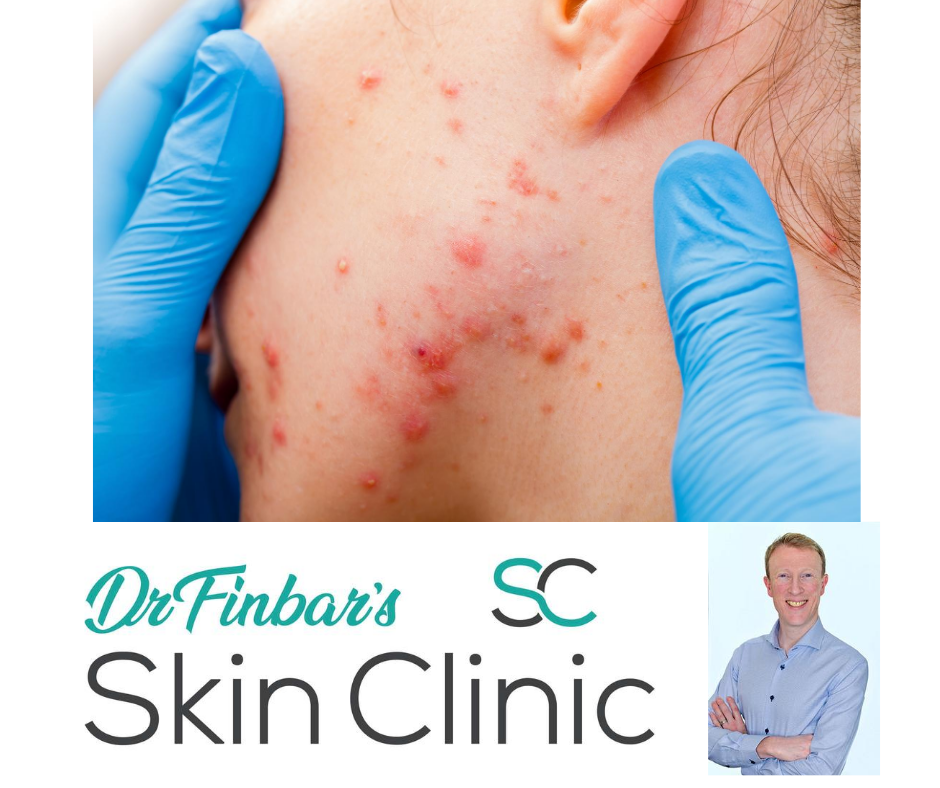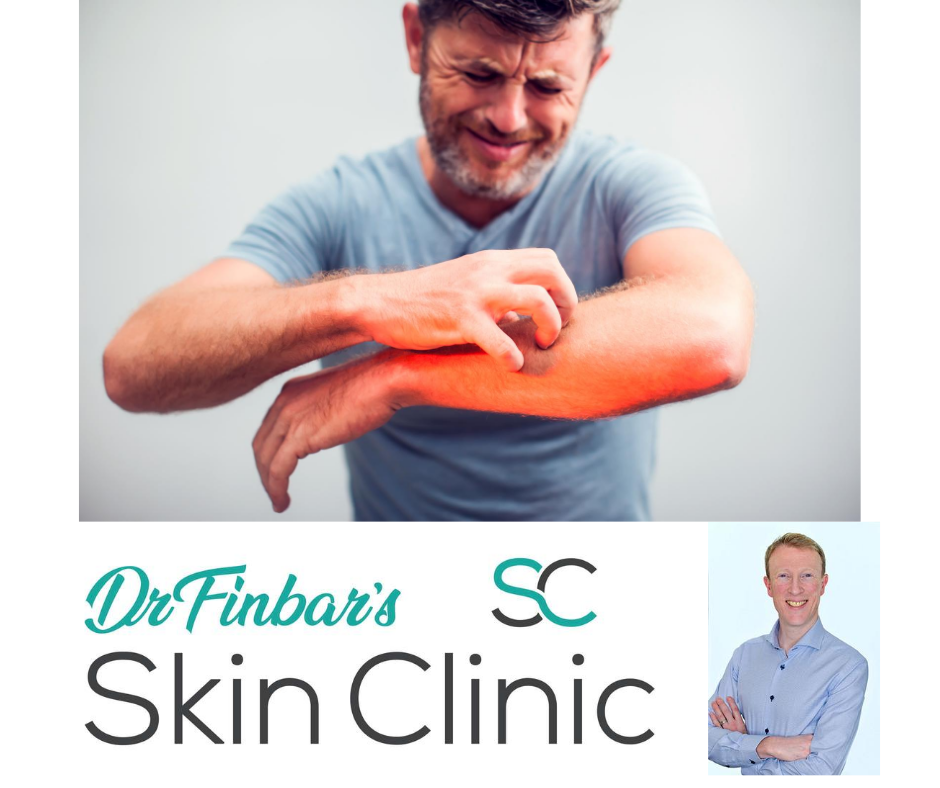Seborrhoeic Keratosis
(The text below is a transcript from the video)
Introduction
Did you know that its unusual to get a new mole after the age of 30! That means that if you’re over 30 and you have developed a new skin lesion don’t assume is a mole, its needs to be checked out. Its likely to be a benign or innocent thing, but it may represent skin cancer.
Today I’m going to show you the most common skin lesion I see. Its seborrhoeic keratosis. These are innocent lesions. They are or sometimes referred to a seborrhoeic wart. - although they are not contangious like viral warts.
If you're new here, I’m Dr Finbar, and on this channel I explore how we learn to love the skin we are in, so that we can live healthier, happier, and more joyful lives.
What are Seborrhoeic Keratosis?
- Seborrheic keratosis (SK) are benign, non-cancerous skin growths that typically affects adults. We we tend to get more and more the older and older we get. Though they can appear anywhere on the body, although they're most commonly found on the face, neck, chest, and back. Despite their often alarming appearance, which I’ll show you very soon, seborrheic keratoses are harmless and do not pose any serious health risks.
What do Seborrhoeic Keratosis look like?
Seborrheic keratoses can be identified by their fairly distinct appearance.
- People tend to have more than one and some people can have a large number of them
- Vary in size, from a few millimeters to several centimeters
- They can range in color from skin colour, to light brown to black, and some people have all of the above- They can be mistaken for a melanoma.
- Seborrhoeic keratosis can appear to have a stuck on look to them
- They have a well defined edge the whole way around
- And the surface can be either waxy, scaly, or have rough dry texture
- They may become itchy or irritated in some cases, and this is often the reason why people present to have them checked.
- False tan can often highlight seborrhoeic keratosis and also another common skin lesion called solar lentigo.
What causes Seborrhoeic Keratosis?
Although the exact cause of seborrheic keratosis is still unknown, researchers believe that genetics and aging play a significant role in its development. Exposure to sunlight over a long period of time may also contribute to the formation of these growths, as they can develop from flat sun spots or solar lentigo.
That being said, Seborrhoeic Keratosis is not contagious and cannot be spread through physical contact.
Is there anything else I should be worried about?
While seborrheic keratoses are harmless, it's essential to get any new, growing, scabbing or bleeding lesions checked by someone trained in skin lesion recognition and able to use a dermatoscope. This is to ensure the correct diagnosis and rule out other potentially harmful conditions, such as melanoma or other types of skin cancer.
Here are some things to watch out for:
Rapidily growing lesions
Lesion which form a scab and seem to heal but scab over again, or have an ulcerated area in them.
And most importantly of all, don’t miss a lesion which fails the ABCDE rules: that means watching for lesions which appear to be A asymmetrical, B irregular borders, C more than 1 colour, D looks different from all your other lesions and E is evolving or growing.
How are seborrheic Keratosis Treated
- As seborrheic keratoses are benign, treatment is not medically necessary. And in fact, you shouldn’t expect to get you seb k treated in the health service these days
- Treatment would be for cosmetic reasons, or if they become irritated or itchy. and they can often catch on clothing and be a real nuisance.
- There are several methods for remove SK including:
- Cryotherapy is the main method used: Freezing the growth causes it to peel away from the skin after a number of days. Liquid Nitrogen is often used. In my clinic I currently use Nitric oxide which freezes the keratosis to -89 degrees centigrade. I’m demonstrating use of my device here on some solar lentigo. It can cause some discomfort, redness and even blistering at the site. This can form a scab before it heals. The seb Keratosis may require more than one treatment especially if they are very large or thickened. I also provide an information leaflet on how to look after you skin, so that you can recover as quickly as possible from the cryotherapy.
Another method is
- Shaving or scrapping the keratosis off after numbing the skin with an injection of local anaesthetic. Electrocautery using an electric current can then one used to stop any bleeding and kill the bottom part of the lesion so that it doesn’t grow back
Conclusion:
In conclusion, those “new moles’ in adulthood are probably not moles after all. I’ve explained how many of them are actually Seborrheic keratosis.
However, there are several other benign skin lesions which I see a lot of and these include solar lentigo, haemangioma, dermatofibroma and sebaceous hyperplasia.
Please don’t think that any new skin lesion you have over the age of 30 is a seborrheic keratosis. Take note of those warning features of rapid growth, bleeding and scabbing. Also know your ABCDE for melanoma, as I described earlier.
Share this post on:
Copyright © 2023 Dr Finbars' Skin Clinic All rights reserved.






